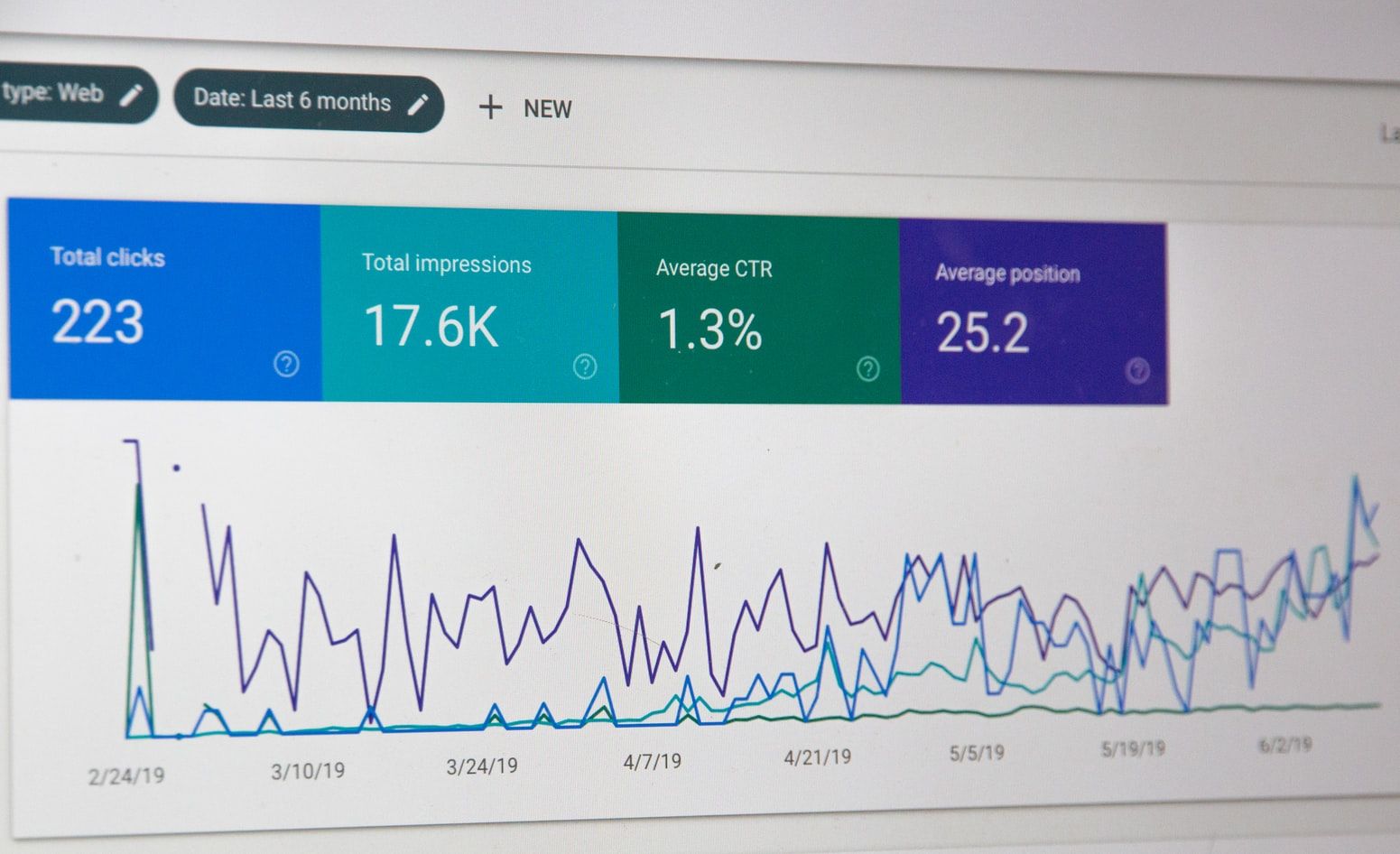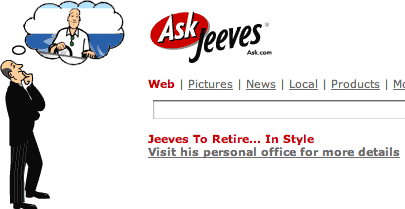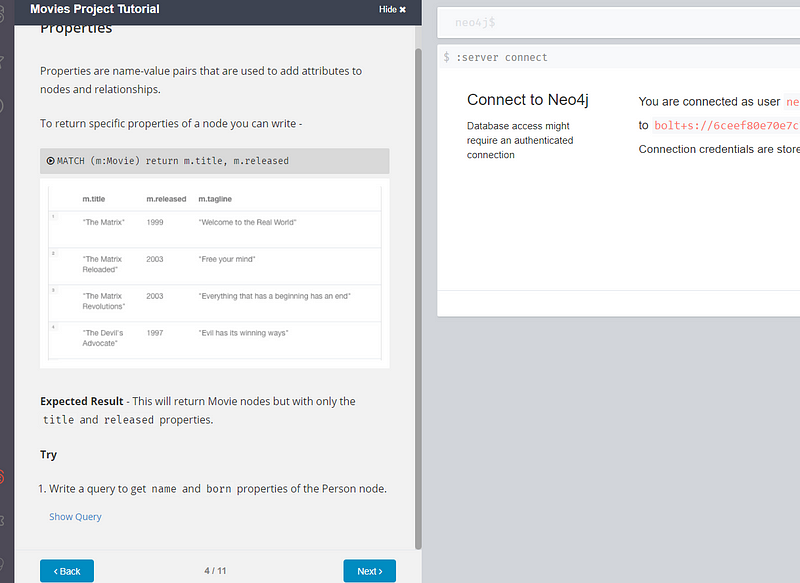Zero Friction

Is your Marketing and Tech aligned?
“If it was a real mouse, it wouldn’t have worked out so well”
This isn’t an article about Graph Databases. If you do wish to know more about Graph Databases then Google is your friend… but WAIT. Before you scuttle off on that knowledge gathering session; I’d like to you be aware of what an awesome experience you could have on your travels.
What is a graph database?
I had a spare five minutes, and randomly — very randomly — a thought popped into my head. What is a graph database? I knew the bare minimum. Facebook used them. That wasn’t the detailed information I craved. I needed MOAR!
- How is it different to a traditional database?
- How do they work under the hood?
- Will I need a degree in Math’s to use them?
With my questions in my hand (most likely head), I went off to Google. I find constructing a good search term is key to finding relevant information quickly.
what is graph database
Realising it’s not 1996, my page was littered with search results. The first one on the list was a developer guide for a bespoke platform. Awesome, really detailed. But too much for my casual research. I needed something that required less mental effort.
Scrolling down the page, I found a YouTube video, just the kind of rabbit hole I was looking for. I didn’t notice at the time, but this video was by the same company that had the developer docs.

The videos I watched were:
- Evolution of DBs
- Properties of Graph DBs & Use Cases
- Property Graph Model
Finding the content useful I went to the company’s website and.. BAM
Getting sucked in
Right there on the homepage. Above the fold. Was a some glorious text.

From a marketing perspective, two of my objections had been answered. This was quick to do. This was free. I slammed my finger into my left mouse button with zero hesitation. If it was a real mouse, it wouldn’t have worked out so well.
A modal loaded, once again reminding me that this was free, and was going to take less than 60 seconds. There were also “built in guides to get me going quickly”.
To access the sandbox, I had to create an account. Sounds reasonable, and with oauth I registered in about 3 seconds.
Now they have my details, but I’m cool as I’m riding the “free education train”.
Playing with sand
Playing in the sandbox, with a “movie’s tutorial” on the left hand side on my screen and an editor on the right. I could type in some code and was in my element. I started to learn CIPHER, and my grasp of the fundamentals was growing.
Messing around with queries, returning/creating nodes, the time was ebbing away.
Realising I had a meeting soon, I closed everything down. I was helpfully told that this instance of the sandbox would be available for 3 days. Ooo, so I could come back to it!

This experience
You can probably gather that I found the whole experience pretty impressive. Here’s why:
1. I was provided value free of charge.
The initial content was useful to me and answered my questions. My preferred consumption method was YouTube. I can imagine that the developer documentation would have worked well for other people
2. I was so impressed with the content that I probed further.
With a certain level of trust built up, I found the creators website and was struck with a proposition
3. The most important CTA (call to action) was at the top of their page.
It enticed me to try their product with no objections/risk my side. (well maybe some email marketing, but to be honest, I’m not sure if they’ve sent me much. My inbox feels safe). They could have had “Buy Now” or “Sign Up here”. Instead, they spoke to my wants.
4. Spinning up a sandbox within the browser was effortless.
No mean feat technically. I didn’t have to jump through hoops, install software, or follow some protracted setup tutorial. The handoff from Marketing to Tech was seamless.
Zero Friction — Is your Marketing and Tech Aligned?
Quite often in companies that I’ve worked for, there is a chasm between marketing and IT.
Usually, one million campaign emails are sent out and the infrastructure falls over because people hate talking to each other.
In this instance (from the outside at least) it appears that marketing and technology are working in harmony.
For me personally, there was zero friction from my initial query to playing around in a sandbox.
More importantly, how much friction is there between your marketing and tech departments?
From a customer perspective the less noticeable the handoff, the better.
Thank you for reading this article! Please leave a comment below if you have any questions or feedback.
If you enjoyed this article then please consider buying me a coffee:

Chris Sheldon is a Project Manager for DataArt Ltd. DataArt are a global software engineering firm that takes a uniquely human approach to solving problems.
In his career Chris Sheldon has been a Software Developer, Scrum Master, Development Manager and more. He’s decided that people are harder than process, so this is where his attention is now targeted!
Chris graduated in the UK from Reading University with a degree in Electronic Engineering and Cybernetics.
A bit of a Agile enthusiast, productivity nerd and Wantrepreneur Chris really needs to decide what he wants to do in life and focus.
You can connect with him on LinkedIn, Twitter, Facebook, or by visiting his website, ITsChrisSheldon